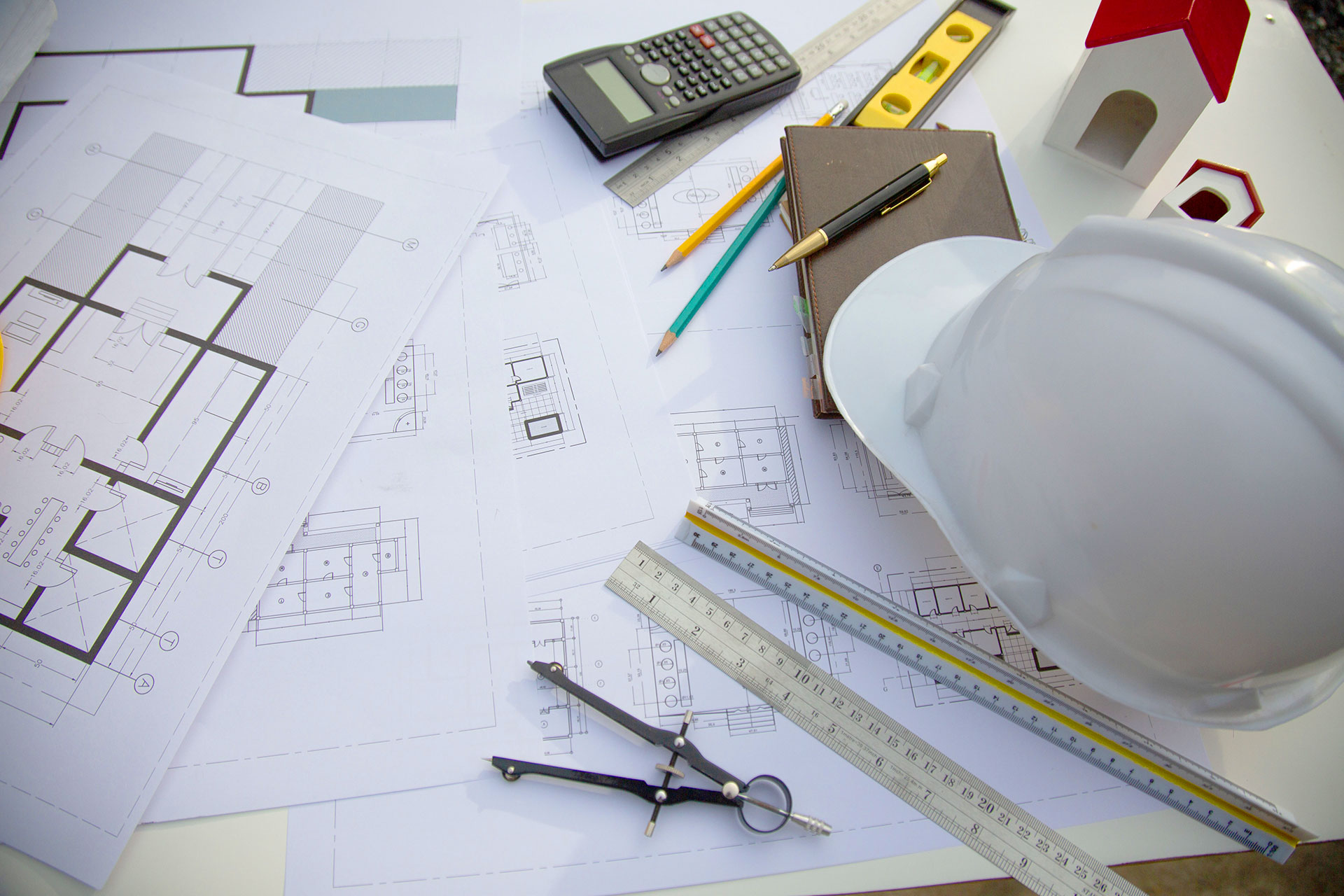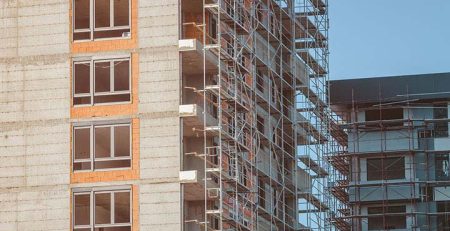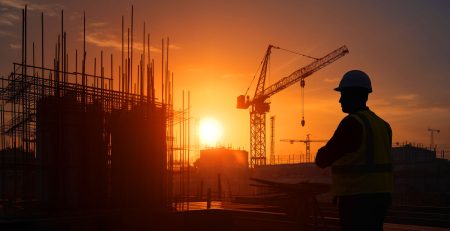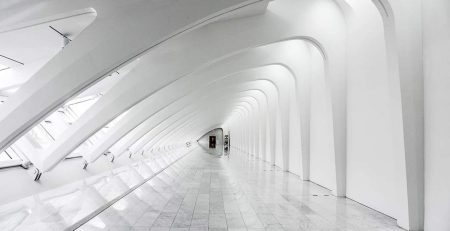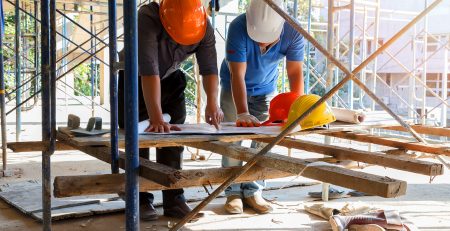What Makes Some Floor Systems Last Decades
Some floors just feel different. You step on them and notice the solid confidence beneath your feet. No creaks, no give, no soft spots. They age gracefully, resisting wear that makes others crumble in half the time.
What makes the difference isn’t luck. It’s precision, every layer, every joint, every material working in quiet harmony.
The Strength Begins Below
A floor’s durability has more to do with what’s beneath than what’s visible. Subfloor integrity, support spacing, and moisture barriers decide how long the system lasts.
When the base is strong, everything above it stays aligned. When it’s rushed or uneven, time finds every weak point. Builders who understand longevity pay more attention to what no one sees.
The Right Materials Make the Difference
Cheap materials always look fine at first. But decades later, the difference between cost and value becomes obvious. The best floor systems use materials suited to their environment, moisture-resistant where humidity lives, sound-dampening where quiet matters, and structurally dense where load-bearing counts.
Choosing the right underlayment, adhesive, and fasteners also plays a bigger role than most realize. A system is only as strong as its smallest part.
Engineering Meets Environment
Temperature shifts, humidity, and vibration constantly test a floor’s resilience. Systems that last decades are designed with movement in mind. They flex just enough to absorb pressure without cracking or separating.
It’s an equation of balance, rigidity where strength is needed, and elasticity where movement happens. That’s why long-lasting floors aren’t built, they’re engineered.
What Lasting Floors Have in Common
They all share quiet precision:
- Proper subfloor preparation.
- Balanced structural design.
- High-quality materials matched to environment.
- Skilled installation and steady upkeep.
Together, they form something rare, floors that don’t just survive decades but define them.
Built to Endure, Built to Matter
A long-lasting floor system isn’t just a technical achievement; it’s peace of mind. It’s the difference between replacing and relying, between patching and preserving. The secret isn’t complicated, but it is consistent: build for time, not for now.

